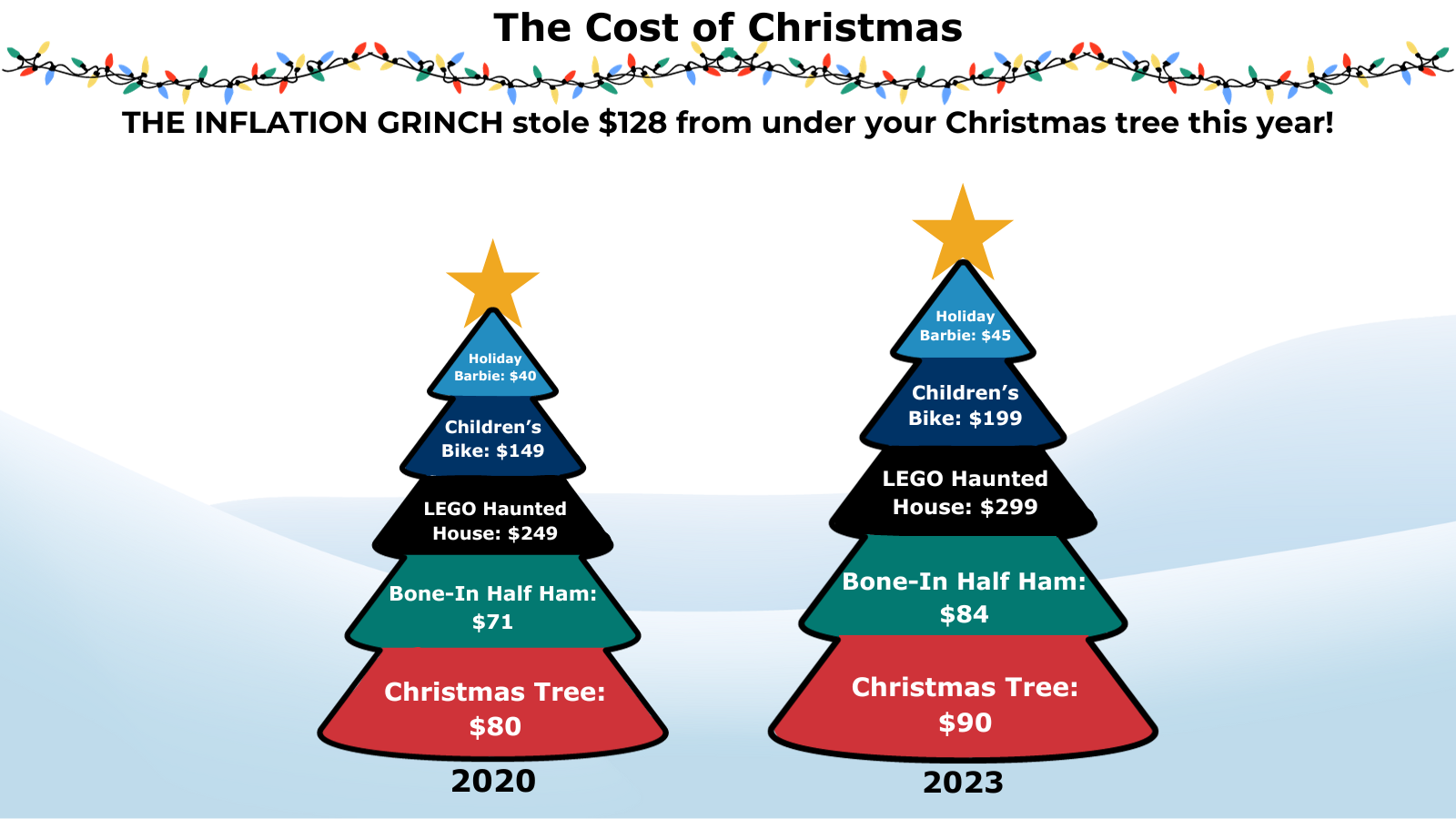Introduction
Arizona gained 11,500 nonfarm jobs in November (+0.36%) – the 7th-fastest month-over-month employment growth rate among all states. For perspective, the total U.S. job growth rate was 0.12%; 13 states reported job losses. This relatively large gain in jobs comes after the state’s job losses in October. Arizona’s manufacturing sector gained 400 jobs in November - the 18th-highest relative growth rate among all states. This gain is nearly a complete recovery of the jobs this sector lost in October. Still, manufacturing employment growth has been mostly flat through 2023, following two years of robust growth.
Arizona’s unemployment rate increased to 4.3% (+0.1 percentage points). The labor force participation rate increased to 62.1% (+0.1 percentage points). On a national level, the unemployment rate decreased to 3.7% (-0.2 percentage points) and the labor force participation rate increased to 62.8% (+0.1 percentage points).
On a year-over-year basis, job growth was +1.8% through November (down from +3.14% at this time last year), and Arizona now ranks 22nd in the country in year-over-year job growth rates.
Since April 2020, the state has added 522,900 jobs and regained 106.2% of its pandemic-related job losses. Arizona has added 56,100 jobs since December 2022; just to keep pace with population growth the state needs to add about 75,000 jobs annually. At current rates this 2023 is on pace to be its slowest for job growth since 2020.
Key Findings – Arizona November 2023 Employment Data (BLS CES Survey)[i]
Arizona gained 11,500 nonfarm jobs in November (a monthly increase of +0.36% and a total year-on-year gain of +1.8%). Job growth in 2023 remains slower than 2022, which in turn was slower than 2021. In December 2021, year-over-year employment growth rates were 5.4%; in 2022 the rate was 2.6%. The gap between total Arizona employment and its pre-2020 growth trend reached its smallest point in April 2022 and has been increasing since; today the state has 153,100 fewer workers than it would have had on its 2017-2019 growth trend.
Given that the pace of Arizona’s recovery is now slowing, it may never return to its pre-pandemic growth trend. Additionally, Arizona’s bright spot – its manufacturing sector – continues its slowdown that began in early 2023. Total (seasonally adjusted) employment by Arizona manufacturers peaked in December 2022 at 196,600 workers; today the sector has 194,300 workers.
Arizona outpaced 44 other states in terms of relative job growth in November. Arizona’s labor market outperformed the United States throughout the pandemic years, losing fewer jobs than all but 10 other states during the 2020 recession and regaining lost jobs faster than all but 4 other states.
On the other hand, wage growth has improved recently. Average hourly wages in Arizona increased 11 cents in November (+0.3%) - the 7th-fastest rate of wage growth in the country.
- Arizona private sector workers are now earning an average of $32.23/hour, compared to $30.66 a year ago (+5.1%).
- On a month-over-month basis, Arizona’s average hourly wage increased 0.3% in November -the 7th -fastest growth rate in the country. Nationally, the average hourly wage decreased -0.5% in November (month-over-month) and +3.5% since last year (year-over-year). Hourly wages in Arizona grew faster than the national average on both a year-over-year and month-over-month basis.
- Still, substantial above-trend inflation over the last three years continues to depress household buying power - the real average hourly wage has declined more than 6% since February 2020.
A Special Update on the Cost of Christmas
Americans are expected to spend $1,000 on Christmas this year in gifts, meals, and celebrations. The same holiday plans would have cost them just $847 in 2020. As an example of inflations effect on holiday costs, CSI looked at the price of popular LEGO sets (+$50), barbie dolls (+$5), children’s bikes (+$50), Christmas ham (+$13) and Christmas trees (+$10).

[i] https://data.bls.gov/cgi-bin/dsrv?sm